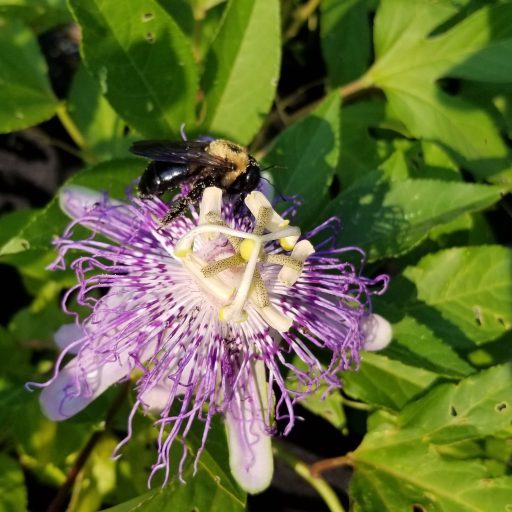Spring is here and things are coming out and starting to grow in the garden. The fava beans seem to have grown overnight. The afterschool cold frame features some nice birdhouse gourd plants that were seeded near the end of February. Still in cotyledon phase, but looking vibrant. Unfortunately, the tomatoes and cucumbers have not germinated. I did see two cucumber seedlings appear and then disappear. I’m not sure if the problem was slugs or not. I think I’m going to remedy this by planting a bulk of the new plants on my deck at my home in Lafayette.
Saturday I went to Ploughshare’s Nursery in Alameda, and picked up some plants that I call permaculture plants — things that are very useful, regenerative, largely care free, and do well in the area. I planted ground Cherry (also called Cape gooseberry — Physalis pervuian), Native pink flowering currant, Native angelica, Native cow parsnip, two early girl tomatoes (in the asparagus patch), Native yarrow, and comfey.
I planted more potatoes today as well. Many of the previously planted potatoes are starting to show some green. We have several different potato experiments going on. We had previously tried planting potatoes in the ground some mulched, other unmulched. The results were unfortunately poor in both cases, proucing very small yield and tiny potatoes. Currently, we are repeating this experiment as well as trying some new ones:
growing them in a wire bin of straw and compost
putting them in simple sheet mulches (thin layer of newspaper covered with compost then lightly mulched with straw)
Planting them in a 6 week old mini compost pile layed out over a former garden bed
Planting them in a sheetmulch made with an upper topsoil layer
Planting them under straw in the same bed as the perennialized kale and chard
I look forward to getting the plants from Burnt Ridge in the mail. Planting trees and other perennials is a powerful experience. The goal is to increase biological diversity, regenerate the soil, grow healthy nutritious food sustainably, with as little input as possible. But of course, that takes thinking into the future. Initially there will be more work, but in the long run, you will have a healthy land with food falling from the trees.
The ground in the garden is still very wet, and teeming with earthworms. It’s easy to dig into, and I feel that it is a good opportunity to plant now, without tilling the soil, and take advantage of nature’s bounty. Otherwise, we will disrupt the water saving fungal network of the soil, and then have to heavily water the ground, struggling to keep it moist when the hotter temperatures start arriving. However, some warm season vegetables will be planted in tilled beds.
So much to do, and I believe it’s going to rain tomorrow
